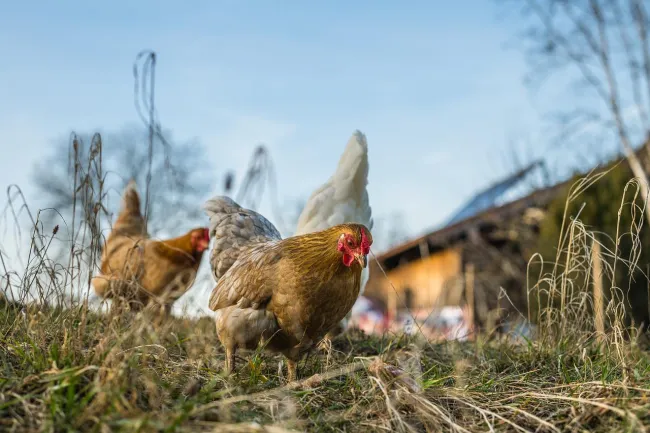This paper reviews the evidence linking different types of livestock production systems to the emergence of new infectious diseases. It concludes that there is not currently enough evidence to show whether extensive or intensive systems would better protect against future pandemics. Both systems present different types of risk: low-yield farms generally have a higher risk of interspecies contact, but tend to keep more diverse livestock at lower stocking densities; while high-yield farms have a lower risk of livestock picking up a disease in the first place as the animals are often kept indoors, but the risk of any disease being spread is higher because of greater stocking densities, lower livestock diversity and sometimes poorer health and welfare.

Abstract
It has been argued that intensive livestock farming increases the risk of pandemics of zoonotic origin because of long-distance livestock movements, high livestock densities, poor animal health and welfare, low disease resistance and low genetic diversity. However, data on many of these factors are limited, and analyses to date typically ignore how land use affects emerging infectious disease (EID) risks, and how these risks might vary across systems with different yields (production per unit area). Extensive, lower yielding practices typically involve larger livestock populations, poorer biosecurity, more workers and more area under farming, resulting in different, but not necessarily lower, EID risks than higher yielding systems producing the same amount of food. To move this discussion forward, we review the evidence for each of the factors that potentially link livestock production practices to EID risk. We explore how each factor might vary with yield and consider how overall risks might differ across a mix of production systems chosen to reflect in broad terms the current livestock sector at a global level and in hypothetical low- and high-yield systems matched by overall level of production. We identify significant knowledge gaps for all potential risk factors and argue these shortfalls in understanding mean we cannot currently determine whether lower or higher yielding systems would better limit the risk of future pandemics.
Reference
Bartlett, H., Holmes, M.A., Petrovan, S.O., Williams, D.R., Wood, J.L. and Balmford, A., 2022. Understanding the relative risks of zoonosis emergence under contrasting approaches to meeting livestock product demand. Royal Society Open Science, 9(6), p.211573.
Read the full paper here. See also the TABLE explainer What is the connection between infectious diseases in humans and livestock?




Comments (0)